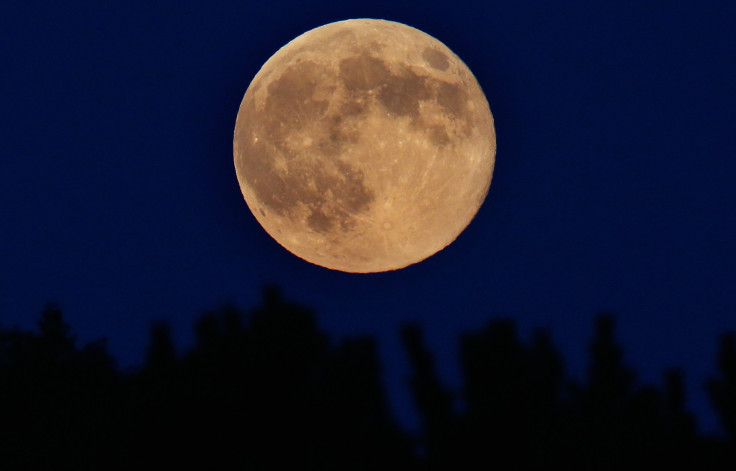How Did The Moon Form? Study Says Many Small Impacts, Not One Giant Collision, Created Earth's Natural Satellite

According to the widely accepted “giant impact hypothesis,” proposed in the 1970s, the moon formed about 4.5 billion years ago when a Mars-sized planet slammed into early Earth. This theory suggests that most of what became the moon came from this “giant impactor.”
If this explanation is true, a significant portion of the material that makes up the moon should have come from this mystery planet. However, analysis of lunar soil and rocks collected during the Apollo missions has shown that this is not the case.
The moon, it turns out, is surprisingly Earth-like in its composition, and this, many scientists say, would only be possible if the giant impactor was made of exactly the same material as Earth.
Now, in a new study published Monday in the journal Nature Geoscience, a team of Israeli researchers has proffered a different origin story for the moon — one that challenges the single-impact hypothesis. According to them, a more plausible explanation is that the moon may have formed when several small "moonlets" — created not by a single impact with one giant body, but due to multiple impacts with a series of smaller ones — coalesced into a single object.
"The multiple impact scenario is a more 'natural' way of explaining the formation of the moon," lead author Raluca Rufu from the Weizmann Institute of Science in Rehovot, told Agence France-Presse (AFP).
The researchers, who based their conclusions on hundreds of simulations run on a computer cluster, said that their explanation removes the need for highly specific initial conditions, such as a collision with an object of a particular size traveling at a defined velocity and hitting Earth at a specific angle, that the giant impact hypothesis requires.
"The new scenario does not require finely tuned initial conditions, and if the smaller moonlets, as we think, were drawn into the same orbit, they could have merged over millions of years," Rufu said in a statement.
In order to test their hypothesis, the researchers simulated several collisions between a young Earth and several planetesimals — recreating conditions that would have existed in the early stages of our solar system. The collisions would have sent clouds of rubble into orbit around the early Earth, where they would eventually have cooled down coalesced into small moonlets that, over time, could have merged into one object — the moon.

Moreover, the researchers said, if a number of different bodies collided with Earth over a period of millions of years, their different chemical signatures might have evened out, masking the traces of the various collisions.
"We are now running further simulations to try to understand how the smaller moonlets produced in these simulations might have coalesced to form our Moon," co-author Oded Aharonson, also from the Weizmann Institute, said in the statement.
This is not the first time the multiple impact hypothesis has been invoked to fill the gaps in the prevalent theory. That several collisions gave rise to the moon was a suggestion first put forward in 1980s, but the explanation failed to gain cachet in the decades since.
"This paper is first to provide extensive calculations that we hope will stimulate others to reexamine the issue," Rufu told Space.com.
© Copyright IBTimes 2024. All rights reserved.





















